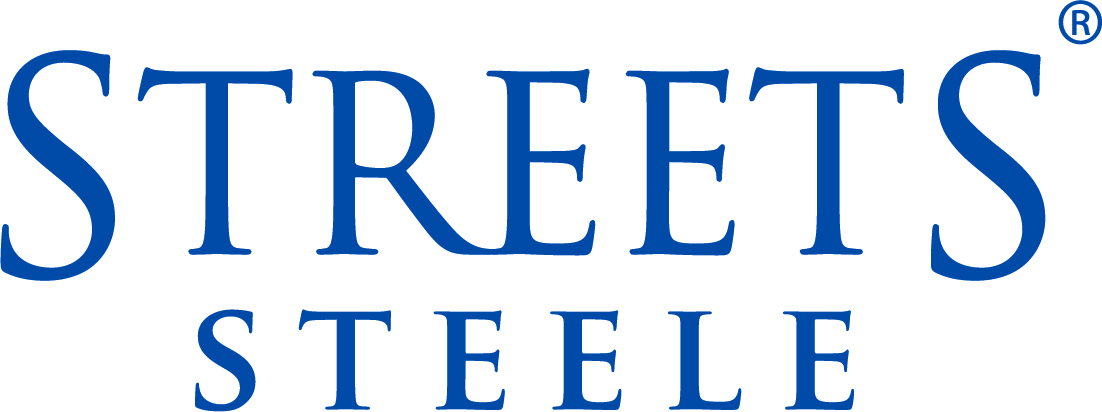Introduction
One of the biggest and most common areas we always get asked about are Dividends, therefore we thought it would be useful to write a post about the subject.
The reason that the topic is so common is that it is likely to affect and interest anyone who owns or operates a Limited Company.
In this post we will talk you through the basics of what a dividend is, but also the different things to look out for and think about.
What is a dividend?
Simply put, a dividend is a share of profits. When a company performs well and makes a profit, the shareholder can reward themselves by taking a cut of those profits, called a Dividend.
On that basis, if a business performs poorly, and makes no profits, a dividend cannot be taken.
However, a big note here, is that profits are what we call “cumulative”. This means, even if you make no profits in the current year, you may have some “brought forward” profits from last year. You can still take dividends from this.
Why is this important to know about Dividends?
If you take more dividends than there are profits available, this is what we call an “illegal dividend”.
Do not forget, dividends are a “share of profits” – therefore, no profits, no dividends.
If you have taken too much money that you believe were dividends, it is likely you will have to pay them back to the Company, and you could end up with it being treated as money you have loaned from your Company (Director’s Loan Account), which has more tax consequences, so avoid if you can!
How to Calculate if I can take a Dividend
- If you want to make a quick check, the best place to look is your Balance Sheet.
- If you are using Xero, firstly make sure your bookkeeping is 100% up to date and correct.
- Next, run the “Balance Sheet” report, and scroll to the bottom section labelled “Capital and Reserves”
- You should be able to see a few numbers, but the ones we are interested in are “Retained Earnings” and “Current Year Earnings”
- Add these two numbers together (watch out for minus numbers, you need to deduct these)
- This should be the amount available to take as a dividend – it takes into account any profits brought forward, and adds it to any profits made in the current year so far
- REMEMBER – this wholly relies on your bookkeeping being 100% up to date and 100% correct
Example 1 – Good Dividend
John checks his Balance Sheet report and finds the following numbers, and takes a £5k dividend:
- Retained Earnings = £10,000
- Current Year Earnings = (£4,000)
This shows that he has brought forward £10k of profits from previous years, but so far this year he is making a £4k loss.
Overall he therefore has £6k available to take as a dividend, and so the £5k he did take is absolutely fine.
Example 2 – Illegal Dividend
Sandra checks her Balance Sheet report and finds the following numbers, and takes a £5k dividend:
- Retained Earnings = (£12,000)
- Current Year Earnings = £6,000
This shows that she has brought forward £12k of losses from previous years, but so far this year she is making a £6k profit.
Overall, she therefore has £6k of losses still and so cannot take any dividend, and so the £6k she did take is classed as an illegal dividend and must be paid back to her company.
Number 1 tip – ask an expert!
Our number 1 tip here is…. ask an expert! Dividends, Accounts, and tax are complicated areas.
Accountants train for years to fully understand the ins and outs of this. Our information above is just the basics and should never be used to make big decisions without consulting an expert.
Getting it wrong could result in large tax bills and penalties, so never guess!
Number 2 tip – bookkeeping must be 10000% correct
A lot of people believe their bookkeeping on Xero is correct because their bank account balances.
You might be entering sales, bills and reconciling your bank, but this is what we call “data entry” – this is NOT bookkeeping.
Actual bookkeeping will involve other adjustments such as accruals, prepayments, deferrals, depreciation etc. This will ALL affect your profits – therefore affecting how much dividend is available.
Therefore, it is vital to have bookkeeping done by someone who is qualified and trained. For the sake of a small fee paying someone like us to do your bookkeeping each month, it could avoid a hefty tax bill and penalty if you take too many dividends!
What is a Dividend? Conclusion
The key takeaway here is to not just take dividends and presume they ARE dividends.
It could be that you are taking illegal dividends and building a large problem when you reach your year end.
The good news is, with good, up to date bookkeeping, it should be easy enough to check and keep an eye on it.
Can we help?
Here at Steele Financial, we help many clients with this.
We can provide bookkeeping on a live, monthly basis, meaning at any point in the year you can login to Xero and check if you can take any dividends, giving you constant piece of mind.
We are Accountants in Bristol, but have clients nationwide, so do get in touch wherever you are based!
Contact us on our website to find out more and better yet, ask for a no-obligation quote!



